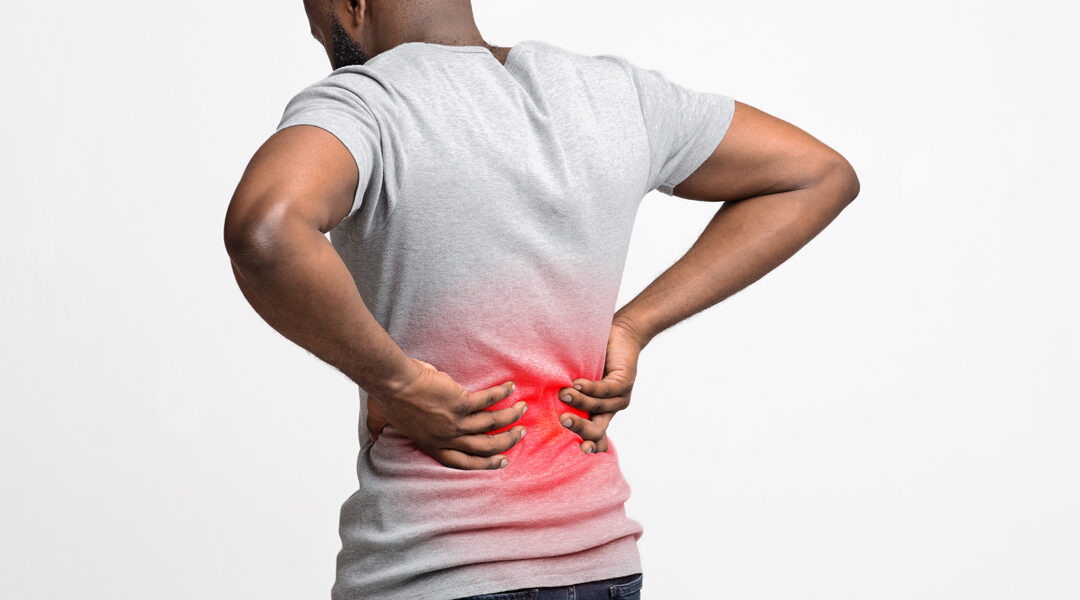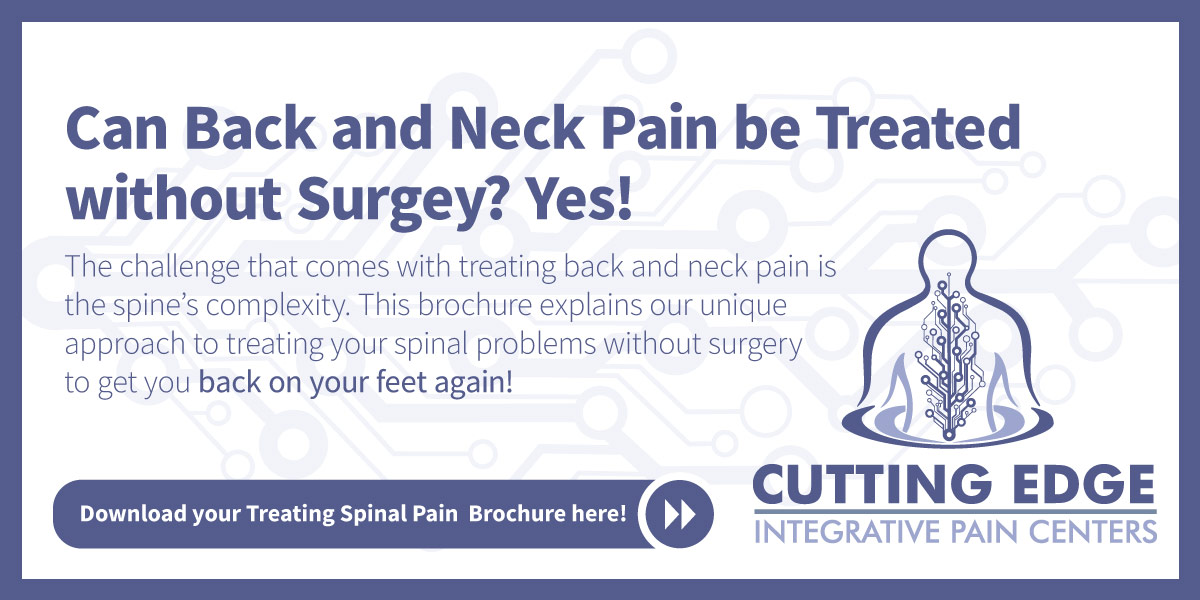Back pain is among the most common chronic conditions Americans suffer from. There is any number of causes for this pain which means accurately determining the reason for it can be tricky and often requiring the expertise of a medical professional. Today, we’re going to investigate spinal stenosis.
Having Lumbar Discs Problems
Click Here to Learn How Stem Cells Can Help!
First what is spinal stenosis. To understand this, we must first understand a little bit about the anatomy of the back. The spinal canal can narrow with age, which leads to stenosis. When the canal narrows, it reduces the space available for the spinal cords and nearby nerves. Now, since this narrowing process often happens slowly, at the beginning, there will be no pain, but should it continue, stenosis may lead to leg pain, numbness, tingling, and, in advanced cases, weakness occurs.

Spinal Stenosis is a narrowing of the spaces within your spine, which can put pressure on the nerves that travel through the spine.
Now, if you’re suffering from spinal stenosis, you will likely be pleased (or relieved) to know that there are multiple options for treatment. Let’s discuss.
The first options are NSAIDs and cortisone injections. While common, NSAIDs have some serious side effects such as possible heart failure and kidney damage. Likewise, cortisone injections may damage the tissues, leading to cartilage softening in joints or weakening of the tendons. There are many alternatives for treatment, though.
The first alternative is surgery to permanently decompress the spinal canal. These surgeries include a laminectomy, which removes the lamina, a portion of the vertebra, to make room for the nerves; a foraminotomy, which expands the foramen, an area in the vertebrae through which the nerve roots exit, to provide more space for the nerve roots; a spinal fusion involves the joining of bones with screws or bone grafts to provide stability. Each of these procedures are highly invasive and can lay up the patient for weeks if not months.
At this point, lumbar spinal stenosis may seem like a hopeless condition, but there are ways to treat the condition that are more holistic.
Physical therapy with a specific focus on strengthening the back and abdominal muscles as well as proper stretching, but if pain is severe enough, this may not be a viable option either and effective therapy will take a long time, too.
The Vertiflex procedure can relieve pressure on nerves in the spinal canal.
There is one more option to present. Known as a Vertiflex procedure, this is a minimally invasive procedure which is redefining Lumbar Spinal Stenosis treatment. How does it work? A small titanium alloy spacer serves as a blocker to relieve pressure on the affected nerves. The procedure is a safe, minimally invasive treatment which clinical trials have shown to be effective for providing long-term relief. The procedure in its entirety rarely takes more than 45 minutes, followed by a follow-up visit and limited, light activity for a few weeks.



